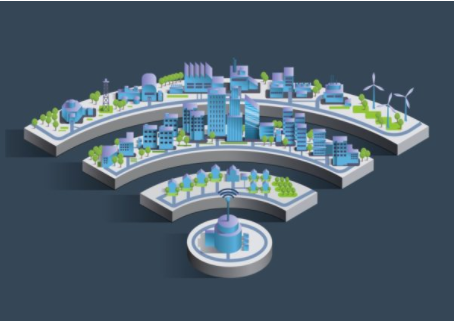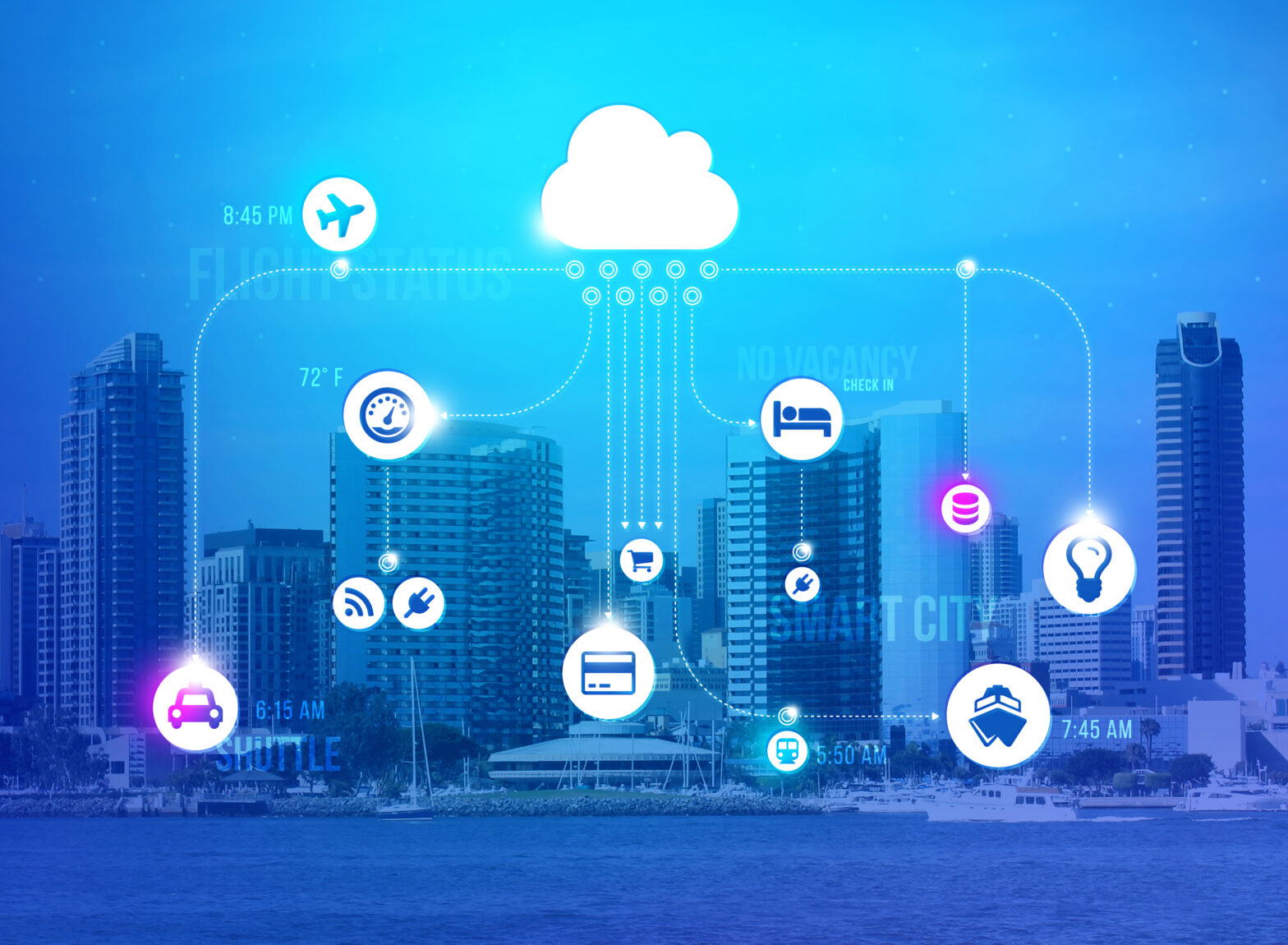Currently over half of the world’s population live in urban areas, and this is forecasted by Cisco to rise to 60% by 2050.
The steadily rising urban populations are placing huge strain on the world’s cities, as resources are expected to meet the demand of more and more inhabitants.
Managing the strain on urban resources with the status quo is becomingly increasingly impossible, and so attention has turned to developing new systems that address the challenge of megacities.
Combining cities with smart tech solutions has become the expectation of today’s digital age.
Aiming to bring the city into the age of the ‘Fourth Industrial Revolution’, companies are catering the Internet of Things (IoT) and big data solutions to their everyday running.
This is the ‘smart city’ concept – a promise to combine a city’s physical infrastructure and services with the latest technological offerings. As the IoT has become ever more prominent in everyday life, the concept of the smart city has began to grow.
>See also: 5 ways to ensure the success of smart city projects
Singapore is leading the world into the age of smart city, as a city with 100% of its population living in urban areas.
Global tech leaders are looking to Singapore to lead the way as cities worldwide search for the most efficient ways to build cities that smartly manage the needs of millions of inhabitants.
The IoT is the key to building smart cities.
Every device that is part of a smart city must work with others to manage the resources of megacity populations.
These devices must communicate with each other if the city is to be truly ‘smart’. This is where the IoT comes in, providing the perfect template of a body of communicating devices that provide smart solutions to everyday problems.
IoT companies are leading the way in smart city development by developing smart and communicating tech solutions for revolutionising the services and infrastructure of cities all over the world.
It’s not all rosy
A major problem with the current development of smart cities is that, all too often, technology is being used to solve problems that don’t already exist or are not priority – such as smart parking.
>See also: GrowSmarter: Europe’s smart cities initiative
A true smart city should use technology to solve pre-existing problems, such as environmental impact, or the strain of growing populations on resources.
The Guardian suggests that effective smart cities are built from the bottom up, and they cite Fujisawa in Japan as an example of this.
With all this in mind, IoT companies must focus their attention to developing solutions for the basic yet most important services that are at the core of an efficient city, such as waste management and transport.

The immediate priorities for IoT companies are to facilitate the development of smart cities by gearing up for 5G, and to focus on developing the most important and core solutions first.
To aid smart city development, governments must first support the building of 5G networks, by creating initiatives that give incentive and assistance to the telecom industry.
>See also: The smart nation: Singapore’s masterplan
Investing in networks of the future will provide the supporting infrastructure needed to release technologies such as 5G and life-improving IoT services – which are the key to the success of any smart city.
In the meantime, IoT companies must concentrate on matching the success of Fujisawa by focusing innovation onto developing core solutions that build smart cities from the ground up.
Sourced by Hannah Styles, content writer, Dubber.net










